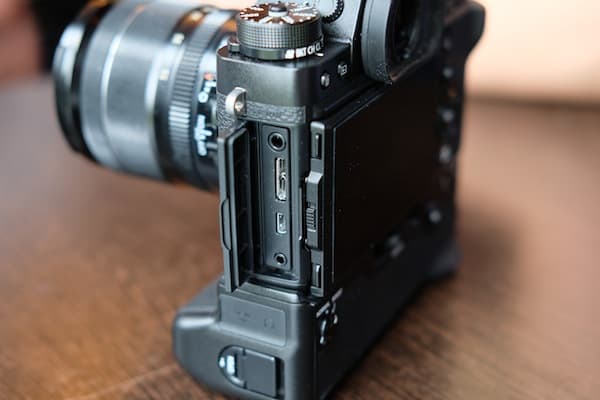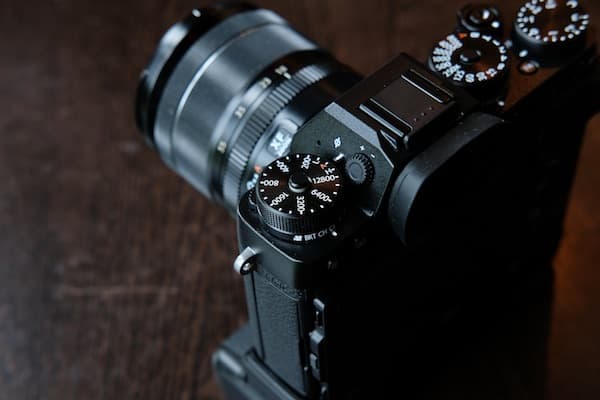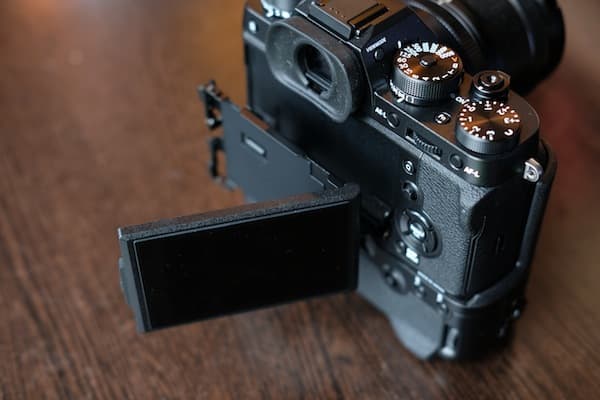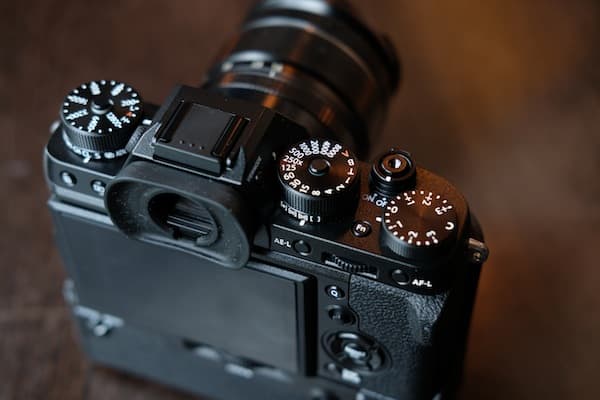The Fuji X-T2 and its 4K video capture show Fuji is taking video very seriously
The Fujifilm X-T1 has been one of the most popular selling compact system cameras of the last few years, and the new camera has some notable improvements.The highlight feature for photographers is no doubt the 24-million pixel sensor, but the Fuji X-T2 is no longer purely aimed at just photographers.
Perhaps having seen the success of the Sony A7 series, Fuji is finally taking videography seriously, and has really hit the ground running with the features of the X-T2.
Fuji X-T2: 4K Video Output
The big news is that the camera can capture 4K video footage at up to 30 frames per second, creating a 100Mbps data rate. When shooting in 4K the X-T2 has a 1.17x crop factor, and impressively, rather than line-skipping the camera records the full area of the sensor. In effect it is capturing an almost 6K video and downsampling that to a 4K resolution output video. With no pixel binning or line-skipping, the footage created should be free from aliasing effects, and the good news doesn’t stop there.
The X-T2 has a micro HDMI socket that can output an uncompressed 4K signal with 4:2:2 colour sampling and 8-bit compression, which means you can record to an external device, such as a Blackmagic Design Video Assist or a Atomos Ninja.
This kind of output requires a log mode to get the best results, and Fuji has thought of this too. The new F-log colour mode, will make the most of the dynamic range of the sensor, producing flat, low contrast, footage that can be saved for colour grading.

However, If you don’t want to do too much post production then you have the option to use all of Fujifilm’s Film Simulation modes, and unlike previous Fujifilm cameras you can fine-tune the colour settings when shooting video.
Fuji is calling this ability Quick 4K and it means that videographers can quickly create footage that is ready for presentation.
Fuji X-T2: X-Trans Sensor
Like the other Fuji X-series cameras, the X-T2 uses an APS-C size X-Trans array sensor. As we have seen on other cameras, these sensors offer better resolving power and colour than a standard Bayer pattern sensor.
Fuji is claiming that this means that the X-T2 can capture higher resolution footage than any of its competitors.
We’ll take Fuji’s word for this for now, but we’re looking forward to getting some side-to-side comparisons when we get a full review sample of the camera.
Fuji X-T2: Other Video Specs
There is, of course, the ability to shoot Full HD at 1920 x 1080 resolution, at up to 60fps, with the full width of the sensor used. Again, the camera over samples at a 3000 x 1687 which is then reduced to 1920 x 1080. Again, the data rate is 100 megabits per second, which should create some very detailed footage when shooting in Full HD.

As well as having a F-Log mode Fuji has thought about the other features that videographers will need. The X-T2 has focus peaking, which can be used whilst recording. This means you can perform focus pulls whilst shooting. Zebra patterning is available for highlight exposure warnings, and, of course, there is a 3.5mm microphone socket.
If you want to monitor audio then there is live audio volume monitoring and adjustment. There is a 3.5mm headphone socket is included on the optional Vertical Power Booster, which is a fancy name for a battery grip.
Fuji X-T2: Vertical Power Grip and Battery Life

The grip takes a further two batteries. Interestingly this increases the length of video recording time, which increases from 10mins, using the camera battery, to the maximum 30mins with the battery grip. Similarly Full HD recording time is 15mins or the maximum 30mins with the battery. We’ve been told that the reason for these times is to prevent the camera overheating, which presumably affects not just the sensor, but also the batteries.
Speaking of batteries, the X-T2 has a record time of around one hour with the internal battery, increasing to nearer three hours with the battery grip. So if you are thinking of using the X-T2 to shoot video you should really factor in the cost of the grip too.

Interestingly, Fuji has removed the dedicated video record button from that featured in the X-T1. The Video Mode is now selected through the shooting dial, and the shutter button used to start and stop recording. Usefully a gentle half depress will stop recording. All of this should make it possible to start and stop recording with out noticeably shifting the camera when pressing the button.

One of the things that the Fuji X-T2 does lack is in-camera sensor based stabilisation. Fuji’s X-system cameras used lens-based stabilisation, so they cannot correct for roll, which is often needed for shooting handheld.
On paper the X-T2 looks like it could be a serious competitor the Sony’s A7 series cameras, especially for those who wish to combine stills and video shooting.
We’ll be looking at the X-T2 in more detail when we get our hands on a full review sample in a couple of weeks, so keep checking back to The Video Mode.com for more information.








